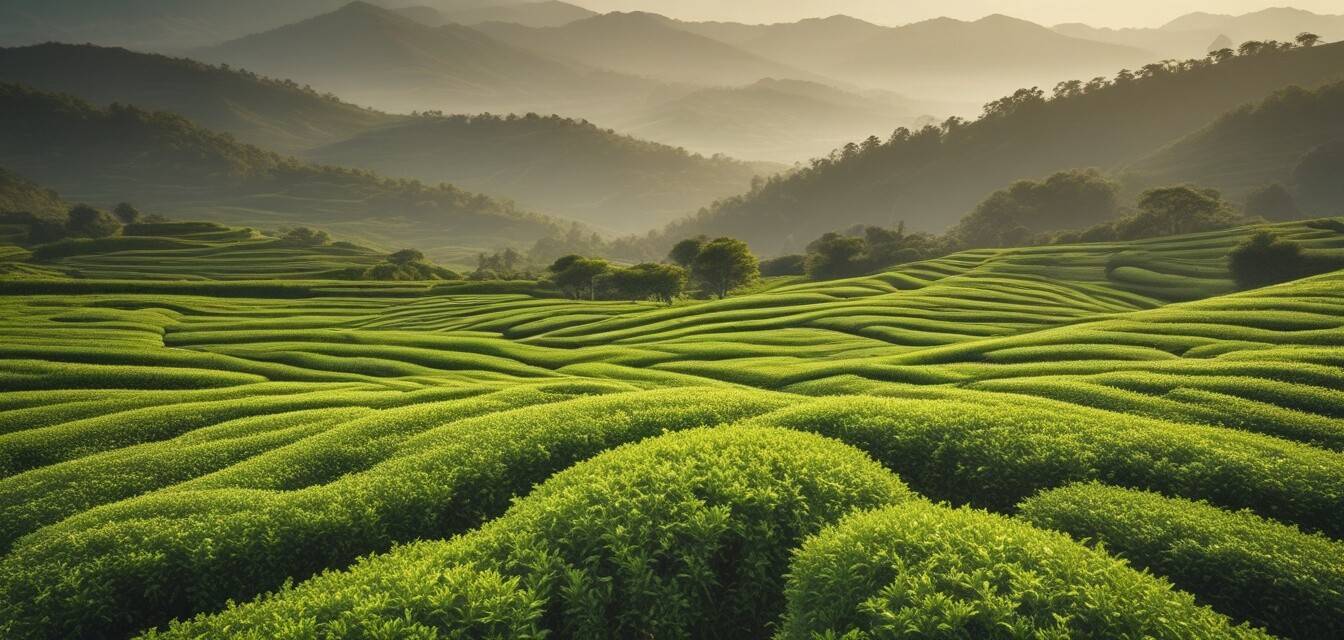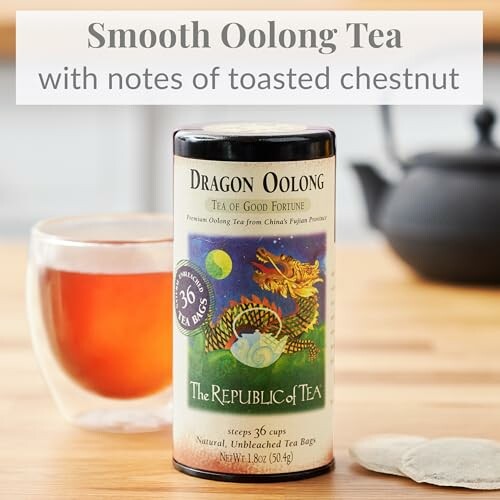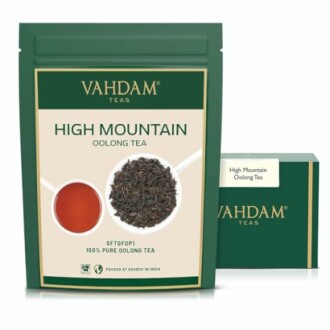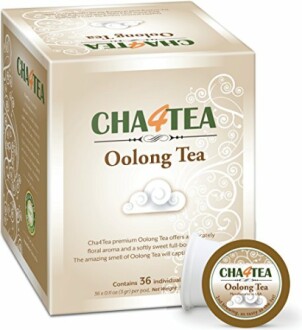
Navigating Oolong Tea: A Guide to Flavors
- Oolong tea comes in a variety of flavors, each with unique characteristics.
- Understanding the different types of Oolong tea helps in selecting the right one for your taste.
- Popular Oolong tea options include Dragon Oolong, High Mountain Oolong, and Jasmine Oolong.
Welcome to the world of Oolong tea, an enchanting blend of flavors that can transport you to the beautiful misty hills of China and beyond. This tea type, often described as a bridge between black and green tea, offers a fantastic array of flavors, each with its distinct profile. In this guide, we'll explore how to navigate the diverse flavors of Oolong tea and recommend some popular products that can enhance your tea-drinking experience.
What Is Oolong Tea?
Oolong tea is a traditional Chinese tea that is partially oxidized, falling somewhere between green and black tea. The oxidation process gives it unique characteristics that can be both fruity and floral, depending on the type of Oolong. The process involves skillful manipulation of the tea leaves, creating a nuanced flavor profile that is often celebrated among tea enthusiasts.
Flavor Profiles of Oolong Tea
Oolong tea is known for its diverse flavor profiles, which can range from floral and fruity to toasty and creamy. Here’s a breakdown of what to expect:
| Type of Oolong | Flavor Profile | Characteristic Notes |
|---|---|---|
| Green Oolong | Floral and Light | Orchid, Honey, and Sweetness |
| Dark Oolong | Toasty and Rich | Chocolate, Caramel, and Earthy |
| Milk Oolong | Creamy and Sweet | Butter, Vanilla, and Smoothness |
| Jasmine Oolong | Floral and Fragrant | Jasmine Blossoms, Freshness |
How to Select the Right Oolong Tea
When selecting an Oolong tea, consider the following factors:
- Flavor Preference: Do you enjoy floral notes or prefer a more robust flavor?
- Processing Style: The way the tea leaves are processed affects the final taste.
- Origin: Different regions produce Oolong tea with unique characteristics.
Recommended Oolong Tea Products
Here are some standout Oolong teas that we recommend, showcasing a variety of flavors:
The Republic of Tea — Dragon Oolong Tea Tin
This Oolong tea is known for its flowery aromatics and lingering finish, making it a must-try for any tea lover.
Learn MoreVAHDAM, High Mountain Oolong Tea Leaves
Handpicked from Himalayan plantations, this tea offers a light and floral-fruity character ideal for your morning routine.
Learn MoreCha4TEA 36 Oolong Tea Pods for Keurig
Enjoy Oolong tea with convenience, thanks to these pods compatible with any Keurig brewer.
Learn MoreBrewing Techniques for the Perfect Oolong Tea
To appreciate the full flavor of Oolong tea, it’s essential to brew it correctly. Here are some tips:
- Use fresh, filtered water for the best flavor.
- Heat water to around 90-100°C (194-212°F) for optimal brewing.
- Steep for 3-5 minutes, adjusting according to personal taste preference.
Conclusion
Navigating the flavors of Oolong tea opens up a world of culinary experiences. The tantalizing aromas and diverse notes of this tea make it a delightful choice for both new and seasoned tea drinkers. Explore our recommended Oolong products and discover your favorite flavor profile!
Tips for Beginners
- Start with a sampler pack to discover your preferred flavors.
- Keep a tea journal to note your impressions of different varieties.Learn more about brewing techniques.
- Pair Oolong tea with light snacks or meals to enhance the flavor experience.
Pros
- Diverse flavor profiles
- Rich in antioxidants
- Can be enjoyed hot or cold
Cons
- Can be more expensive than regular teas
- Requires careful brewing for best taste


